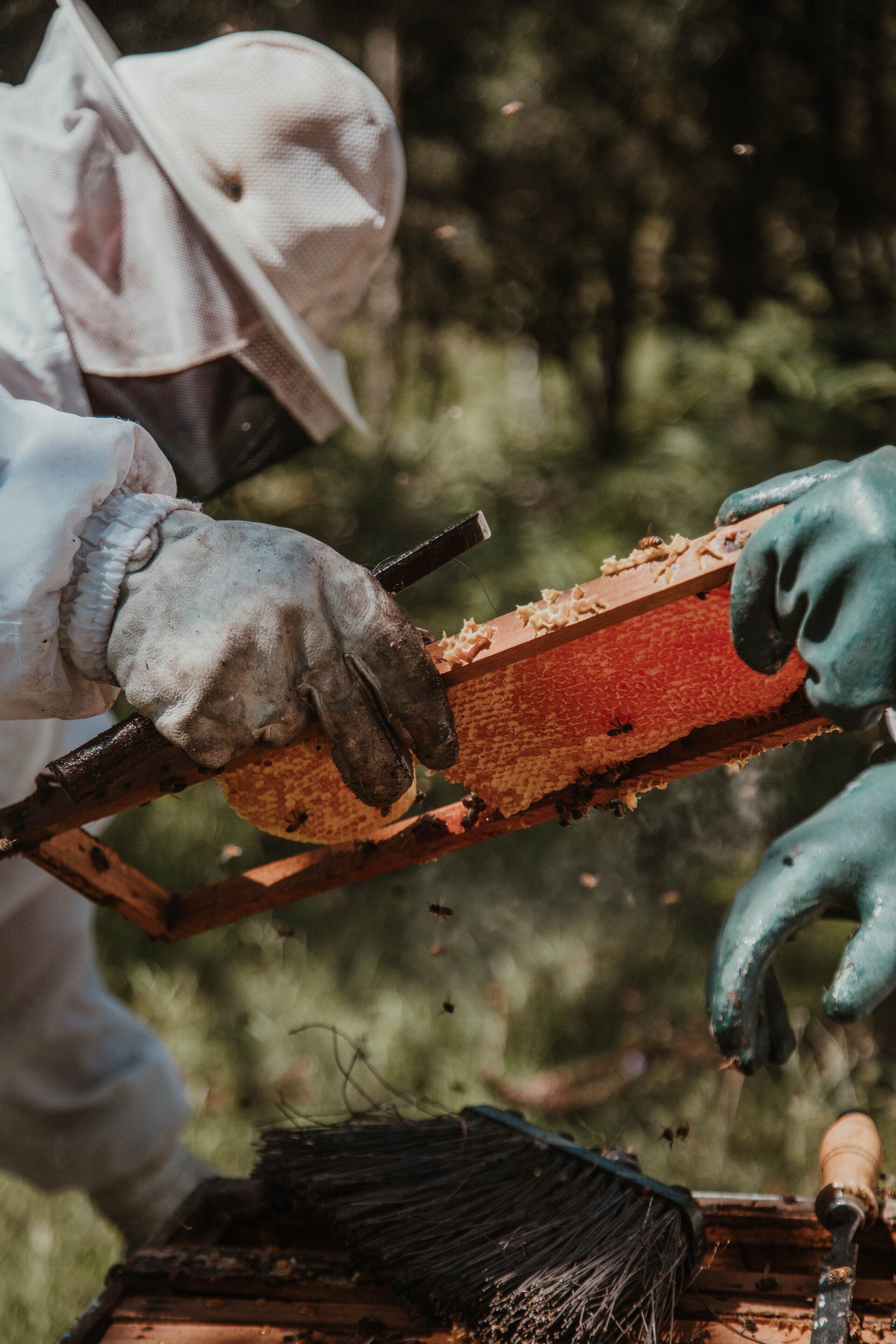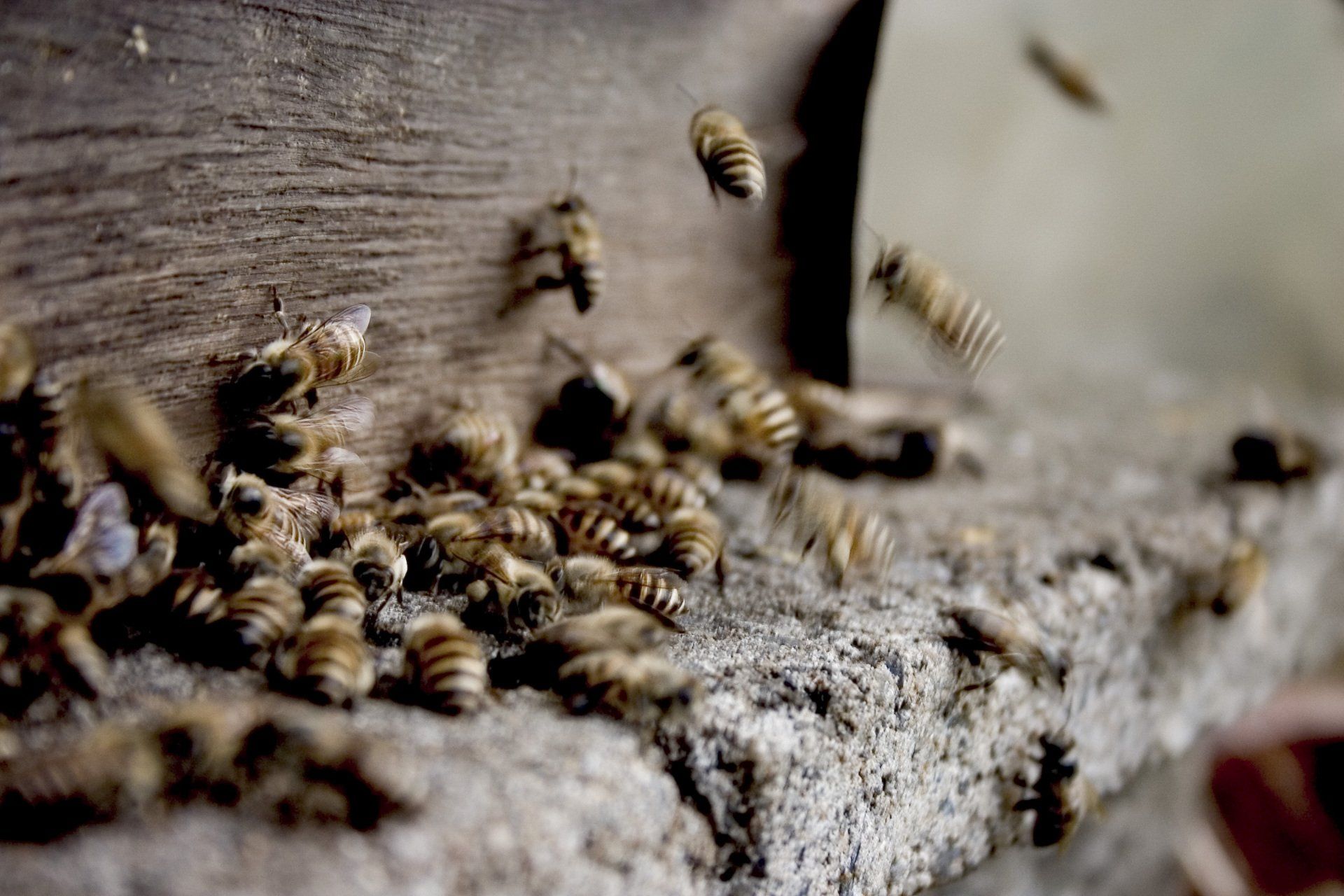Amitraz Resistance in Varroa Mites: A Growing Concern for Beekeepers
Introduction
The honey bee, a crucial pollinator for our agricultural ecosystems, faces numerous challenges, with Varroa destructor mites being a major threat to their survival. Varroa mites, often referred to as Varroa, and the viruses they transmit are responsible for significant honey bee colony losses, making them a top concern for beekeepers in the United States. In their efforts to combat Varroa infestations, beekeepers have turned to miticides, chemical substances designed to control mite populations. However, the widespread resistance that has developed against some miticides, such as fluvalinate and coumaphos, has raised alarms within the beekeeping community.
The Role of Amitraz in Varroa Control
One miticide that has remained relatively effective in controlling Varroa populations is amitraz, despite its long history of use. Amitraz is a formamidine compound that targets octopamine/tyramine receptors in mites, disrupting their nervous system and ultimately leading to their demise. Initially, reports of amitraz resistance were rare, giving beekeepers hope that this chemical could be their go-to solution. Nevertheless, recent anecdotal reports have suggested reduced effectiveness, stirring concerns about the possibility of amitraz-resistant Varroa populations.
Amitraz Resistance: A Growing Challenge
In a study led by FD Rinkevich in 2020, researchers aimed to address these concerns and shed light on the state of amitraz resistance in Varroa populations across the United States. Their findings were published in "PLoS ONE" under the title "Detection of amitraz resistance and reduced treatment efficacy in the Varroa Mite, Varroa destructor, within commercial beekeeping operations." The study evaluated amitraz resistance in commercial beekeeping operations in Louisiana, New York, and South Dakota, areas with a long history of amitraz use.
The results indicated a wide range of amitraz resistance among the operations studied. Some apiaries displayed no resistance, while others showed high resistance levels that resulted in Varroa control failure despite amitraz treatment. Resistance ratios obtained from laboratory bioassays were correlated with reduced efficacy of Apivar®, a commonly used amitraz-based product, confirming the presence of Varroa control failures due to amitraz resistance.
Future Directions: The Promise of Thermotherapy with ThermoMite™
As concerns about amitraz resistance continue to grow, the beekeeping community is actively seeking alternative and sustainable Varroa control methods. One promising direction lies in the realm of chemical-free treatments, particularly thermotherapy. This approach involves using controlled heat to eliminate Varroa mites without the use of chemicals.
In this context, a groundbreaking technology known as "ThermoMite™" has emerged as a potential game-changer. ThermoMite™ employs Phase Change Materials (PCM) as its primary heat source, offering a power-free, self-sustaining thermotherapy solution. By harnessing the unique properties of PCM, ThermoMite™ provides a precise and efficient way to target and eliminate Varroa mites within honey bee colonies.
ThermoMite™, along with similar innovations, may hold the key to a chemical-free future for Varroa control in beekeeping. As research and development in this field progress, the adoption of technologies like ThermoMite™ could revolutionize Varroa management, ensuring the health and sustainability of honey bee populations while reducing the environmental impact of traditional miticides. Collaborative efforts between researchers, beekeepers, and innovators are essential in realizing this vision and securing a brighter future for honey bee colonies.
Study Source: https://journals.plos.org/plosone/article?id=10.1371/journal.pone.0227264



